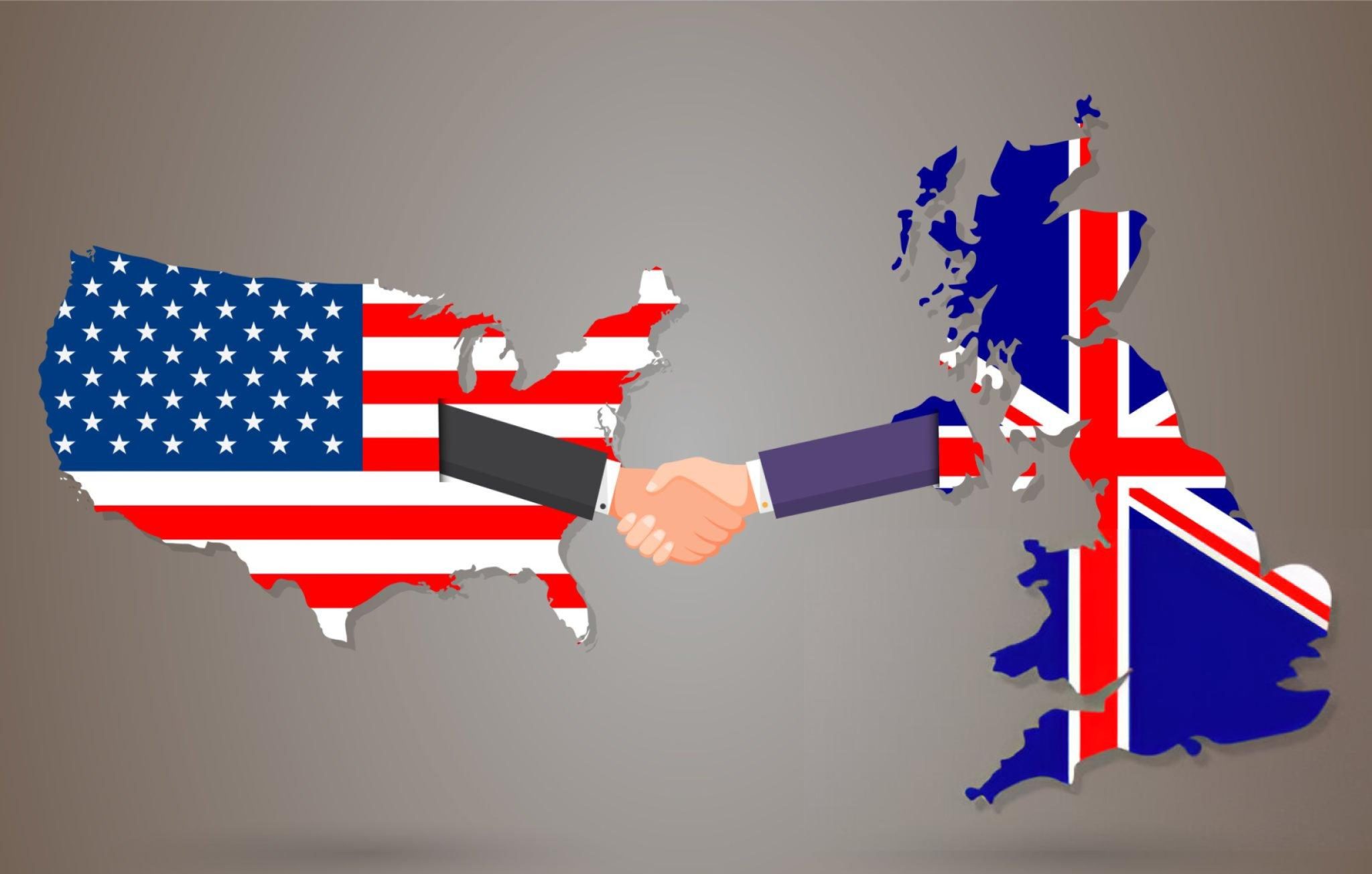What’s in the US-UK trade deal? A broad agreement with limited details
The United States and the United Kingdom have unveiled what they describe as a “historic” new trade deal – a pact that promises expanded market access and job protections, yet leaves key questions unanswered. Announced by the Trump administration on Thursday, the agreement appears designed as a symbolic win for both sides, despite offering only modest economic benefits and lacking clarity in several critical areas.
Speaking from the oval office, former President Donald Trump heralded the agreement as “a great deal for America,” although he admitted that “additional details will be worked out in the coming weeks.” U.K. Prime Minister Keir Starmer echoed positive sentiments, stating that the deal would help safeguard thousands of automotive jobs and reaffirm the “special relationship” between the two transatlantic allies.
Tariffs: A mixed picture
While some tariffs are being reduced, others remain firmly in place. The U.S. will continue to impose a 10% duty on nearly all imports from the U.K., a measure implemented on 2 april last year. Hopes that this tariff would be scrapped as part of a broader agreement were dashed, with Trump suggesting that the levy is likely to remain a baseline in future trade talks with other countries.
However, there are modest concessions. U.S. tariffs on British car imports will be lowered from 27.5% to 10%, but only up to 100,000 vehicles. Given that Britain exported 92,000 cars to the U.S. in 2024, there is little room for significant growth in exports without triggering higher duties. In contrast, British steel exporters received a more favourable outcome, with the U.S. lifting its 25% tariff entirely, allowing duty-free access to the American market.
Agriculture and energy gains
Agricultural trade will see a mild boost, with both nations agreeing to allow up to 13,000 metric tons of beef exports to one another. Additionally, the U.K. will remove its tariffs on U.S. ethanol, allowing imports of up to 1.4 billion litres – a move welcomed by American corn growers and ethanol producers.
The agreement also facilitates aerospace trade. U.S. duties on Rolls Royce engine parts will be eliminated, and in a reciprocal gesture, a British airline is set to announce a $10 billion purchase of boeing aircraft, bolstering the American aviation industry.
Lower tariffs, but limited scope
The U.K. has agreed to reduce its average tariff on U.S. goods to 1.8%, a move the British government says equates to a $200 million cut in duties. Around 2,500 U.S. products – including olive oil, wine, and sports equipment – will see lower import taxes. Washington estimates that this could open the door for an additional $5 billion in U.S. exports, although economists remain sceptical.
Beata Caranci, chief economist at TD economics, described the announcement as “more symbolic than economic.” She noted that while such deals ease certain trade “pain points,” they do not represent a comprehensive end to ongoing trade tensions. “This is not the final chapter of any trade war – more a footnote,” she remarked.
What’s missing from the deal
Notably absent from the deal are any provisions concerning the U.K.’s National Health Service, which remains closed to U.S. firms. Also unresolved is the contentious issue of the U.K.’s digital services tax, which targets U.S. tech giants like amazon, google, and meta. While the two sides have agreed to negotiate a digital trade framework, nothing concrete has been agreed as yet.
Trump’s proposed 100% tariffs on foreign-made films remain in place, with no exemption granted to the U.K. Negotiations are also ongoing in sensitive sectors including pharmaceuticals, semiconductors, critical minerals, copper, and lumber.
A work in progress
Despite the high-profile announcement, this latest US-UK trade deal is far from comprehensive. It may offer temporary political wins and headline-worthy pledges, but it lacks the depth and detail of a truly transformative economic partnership.
As both governments continue to hammer out the specifics, businesses and analysts alike are left waiting for clarity. For now, it seems the deal’s greatest strength may lie in its symbolism – a reaffirmation of friendship more than a game-changer in trade.






